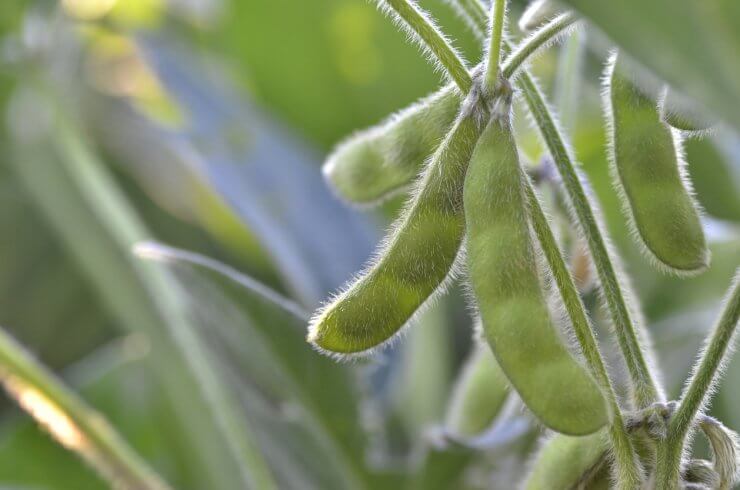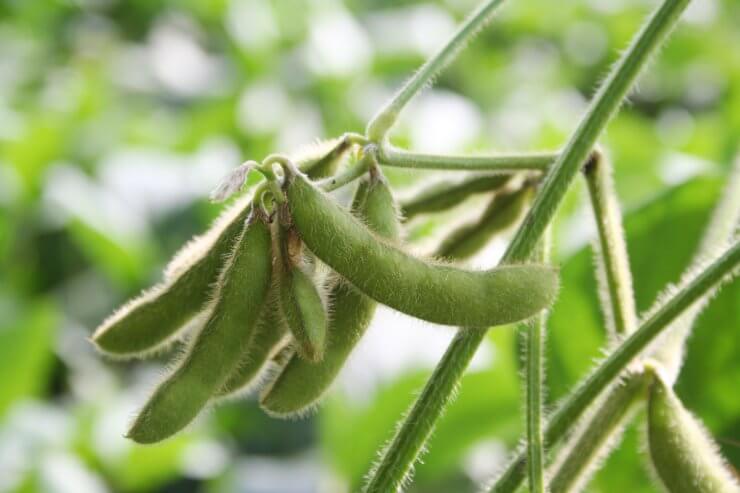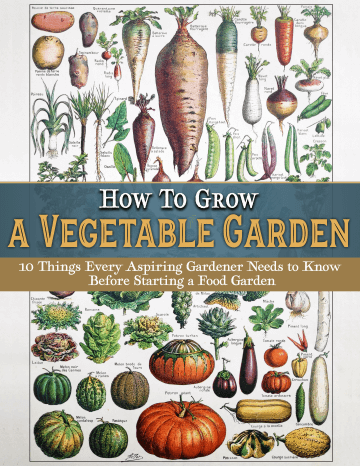
I’ll admit that I never thought much about soybeans until recently. I certainly hadn’t given much thought to Rhizoctonia root rot. While the disease can impact other plants, it’s somewhat common among soybeans.
Soybeans are one of the largest commercial crops in the U.S., with farms growing between 76 and 90 million acres yearly. In case you’re counting, the “farm cash value” of those harvests ranges from $31.2 billion to more than $46 billion, according to the USDA.
Because soybeans are such a large commercial crop, there is a ton of information about Rhizoctonia root rot. After all, when you have $46 billion on the line, the last thing you want is some pathogen destroying your crop.
As you can imagine, with all the research out there, some of it is confusing and contradictory. That’s not a big surprise, as we all know there are about a million factors that can change the way your garden grows. Anything from soil pH to the amount and type of compost you use to amend your soil can impact your plants.
Even so, there are a number of best practices and common threads for growing healthy soybean plants.
Discover 10 top tips for growing, harvesting, and enjoying fruits, vegetables, herbs and more from your home garden—when you access the FREEBIE How to Grow a Vegetable Garden, right now!

What to do about Rhizoctonia root rot in your home garden
Even though soybeans are so common as a commercial crop, they grow perfectly well in the home garden. They aren’t much different than any other bush bean, and mature in about 70 days, depending on the variety.
You do, however, need to beware of Rhizoctonia root rot. This fungus can live in the soil for years, so if you’ve never planted soybeans, it’s possible that you wouldn’t know it was there.
Most often, Rhizoctonia root rot impacts seeds or young seedlings, but it can damage older, more established soybean plants, as well. According to the University of Minnesota Extension program, the telltale symptoms are “rusty-brown, dry sunken lesions on stems and roots near the soil line,” according to the University of Minnesota Extension program. In addition, mature plants with an infection may look yellowed or wilted.
Interestingly, this is in contrast to other root rot diseases where the roots and stems feel soggy and damp. Like other types of root rot, though, it tends to thrive in warm, damp conditions.
How can you prevent Rhizoctonia root rot if you’re growing soybeans? Here are some approaches you can take to keep your soybeans healthy.
- Buy and plant high-quality seeds.
- Plant seeds with some resistance to Rhizoctonia root rot.
- Do not use seeds that are cracked or chipped.
- Plant in areas with healthy, well-draining soil.
- Plant in an area with plenty of sunshine.
- Don’t overwater your soybeans.
- Start your seeds indoors.
- Rotate crops. You don’t need to have a large garden to take advantage of the benefits of crop rotation.
Have you grown soybeans? Did you have any problems with pests or diseases?
Discover 10 top tips for growing, harvesting, and enjoying fruits, vegetables, herbs and more from your home garden—when you access the FREEBIE How to Grow a Vegetable Garden, right now!




